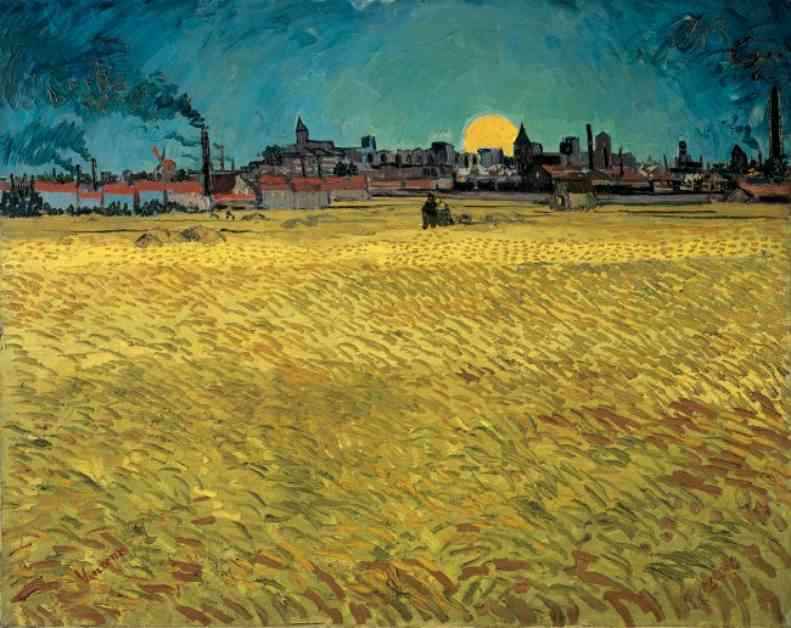Uncovering the Industrial Roots of Van Gogh’s Art
In a groundbreaking new book, art historian Michael Lobel sheds light on an unexpected aspect of Vincent van Gogh’s work that has long been overlooked. Contrary to popular belief, van Gogh’s art was not just about nature but also deeply intertwined with industrialization, fossil fuels, and environmental degradation. Lobel’s meticulous research challenges the conventional narrative surrounding van Gogh, revealing a multifaceted understanding of the artist’s relationship with his surroundings, both natural and man-made.
Reframing Van Gogh’s Legacy
Traditionally hailed as a painter of nature, van Gogh’s artistry now takes on a new dimension through Lobel’s lens. By examining the themes of air, earth, fire, water, and color in van Gogh’s works, Lobel uncovers the artist’s keen awareness of industrial pollution and its impact on the environment. This fresh perspective not only redefines van Gogh’s legacy but also prompts a critical reflection on the broader implications of industrialization in art.
A Complicated Portrait of Art and Industry
Lobel’s book challenges us to reconsider the dichotomy between nature and culture, urging us to recognize the interconnectedness of human activity and the environment. Through an engaging narrative that weaves together historical context, artistic analysis, and cultural critique, Lobel invites readers to explore the complexities of van Gogh’s art in a new light. This thought-provoking study not only enriches our understanding of van Gogh but also raises broader questions about the role of art in reflecting and reshaping our relationship with the world around us.
Redefining Art History Through a Fresh Lens
As we delve deeper into Lobel’s exploration of van Gogh’s art and its industrial underpinnings, we are compelled to rethink the traditional narratives of art history. By uncovering the subtle yet profound ways in which industrialization shaped artistic expression in the nineteenth century, Lobel challenges us to engage with art in a more nuanced and critical manner. This compelling journey through van Gogh’s work offers a glimpse into a world where art, industry, and environment converge, inviting us to see the familiar in a wholly new light.
Stephanie O’Rourke, a senior lecturer in art history at the University of St. Andrews, Scotland, provides a fresh perspective on nineteenth-century art, resource extraction, and scientific knowledge production. Her insights shed further light on the transformative power of Lobel’s work and the enduring relevance of van Gogh’s art in today’s world.












